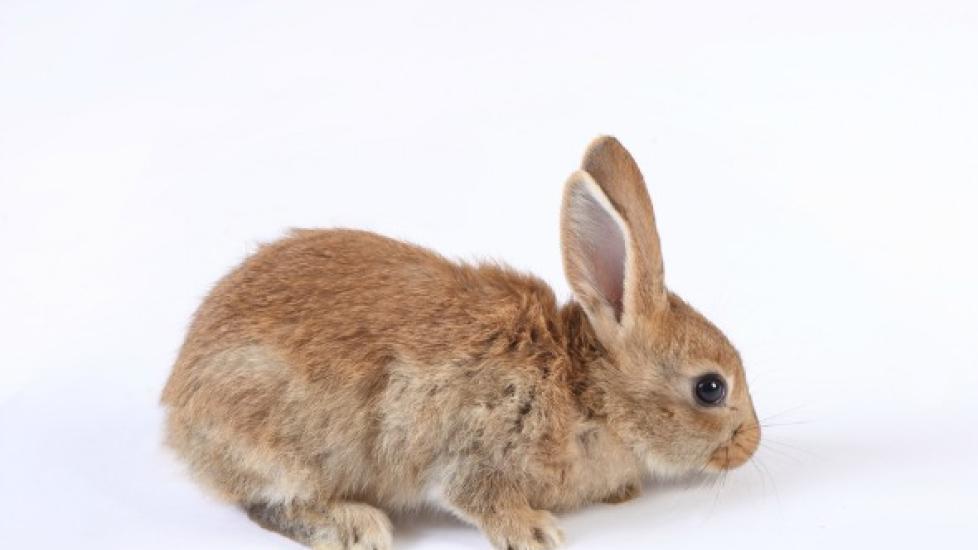Bacterial Skin Infection in Rabbits
Pyoderma is a medical term for bacterial skin infections occurring in rabbits. These infections usually occur when the rabbit's skin tears or breaks, or when the skin is exposed to moist conditions, therefore altering the flora found within. Normally, healthy bacteria exist in the rabbit's skin and moist mucous membranes. At times, however, this can become compromised, allowing for harmful bacteria to overgrow.
Symptoms
Most signs for pyoderma depend on the type of bacterial infection the rabbit has, but some of the more common symptoms include:
- Obesity
- Diarrhea
- Muscle pain
- Nasal (and occasional eye) discharge
- Urinary tract infection(s)
- Poor sanitation and personal hygiene
- Matted fur (especially around the anus, thighs and abdomen)
- Redness and crusting around the area of infection
- Dental disease (displayed as swollen/bleeding gums, slobbering, and loose and decaying teeth)
Cause
Typically a bacterial skin infection occurs when there is a break in the rabbit's skin, generally occurring when it has been exposed to poor environmental conditions, including moisture. It can also occur in cases of injury or poor blood circulation. Pyoderma is, for the most part, a very common occurrence, much like cuts and scrapes are in human children.
The bacteria that cause pyoderma include:
- Staphylococcus aureus
- Pseudomonas aeruginosa
- Pasteurella multocida (one of the more common bacteria)
Bacteria can also penetrate oral openings or become trapped in matted fur, especially in unhealthy or obese rabbits.
Diagnosis
Your veterinarian will want to look at all possible causes before making a diagnosis, as there are other things which may resemble a common skin infection. These may include:
- Ear mites, which can cause similar-looking crusty regions around the ears, leading to hair loss around the ears and ear canal
- Fleas, which can cause hair loss and matted hair in many areas around the body
- Skin reaction to a recent vaccination or injection, which can form crusting or scabbing
- Rabbit syphilis, a condition that often causes hair loss and crusty regions
If these are ruled out, your veterinarian may take skin samples or cultures to identify the underlying cause of the infection.
Treatment
Treating bacterial infections in rabbits typically occurs on an outpatient basis. Most rabbits will require bathing; the area then needs to be dried well to avoid retaining excess moisture. If the infection is serious, the surrounding area may require shaving. Your veterinarian may prescribe topical antibiotics to apply on the affected area.
Prevention
It is important to provide a well-balanced diet for your rabbit. Preventing obesity will help prevent the risk of future infections occurring within skin folds. Trimming overgrown areas of hair and brushing matted fur can also help reduce the risk of infection.
